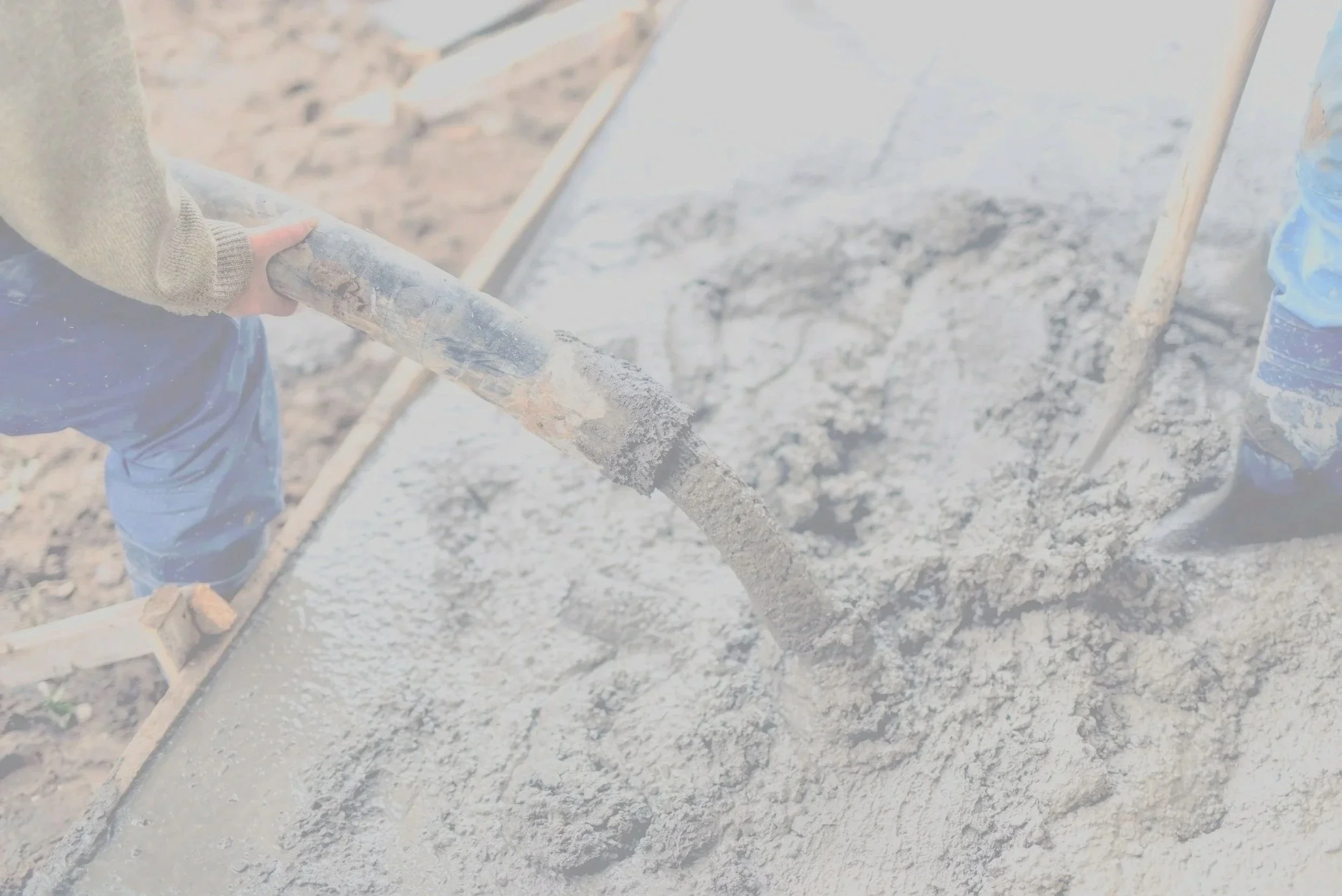



It all begins with the right feedstock. Recycled concrete fines, mine tailings, steel slags, wood ash and many more - once carbonated, they become supplementary cementitious materials. These SCMs can replace clinker in cement, lowering emissions while turning concrete into a potential carbon sink. With over 4.1 billion tonnes of cement produced globally each year, the impact is significant. Every SCM we develop is validated through mortar testing in line with DIN EN 196-1.

From some feedstocks that don’t make great SCMs, for example those with low reactivity, we can produce aggregates. With an annual demand of 3 billion tonnes in Europe and 45 billion tonnes worldwide, aggregates represent one of the largest markets for storing carbon dioxide in concrete applications. All aggregates produced are tested according to DIN EN 12620 to ensure compliance with concrete standards.

For some feedstocks, carbonation leads not to SCMs or aggregates, but to fillers. Especially when reactivity is low or the material is only regionally available, fillers provide a practical use pathway. As inert components, they are easier to incorporate into concrete than active binders, while still contributing to performance through improved particle packing and workability. Globally, hundreds of millions of tonnes of fillers are used each year.